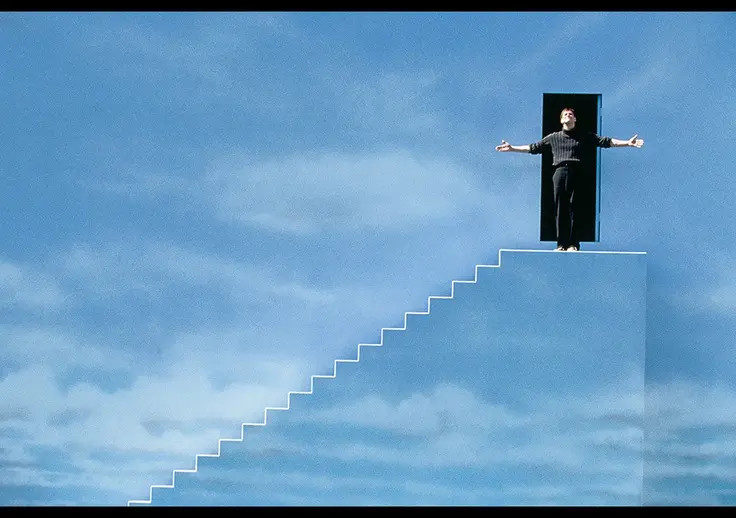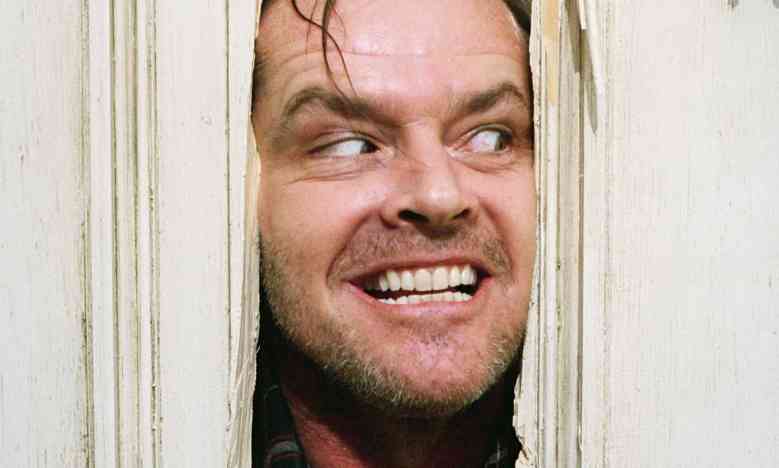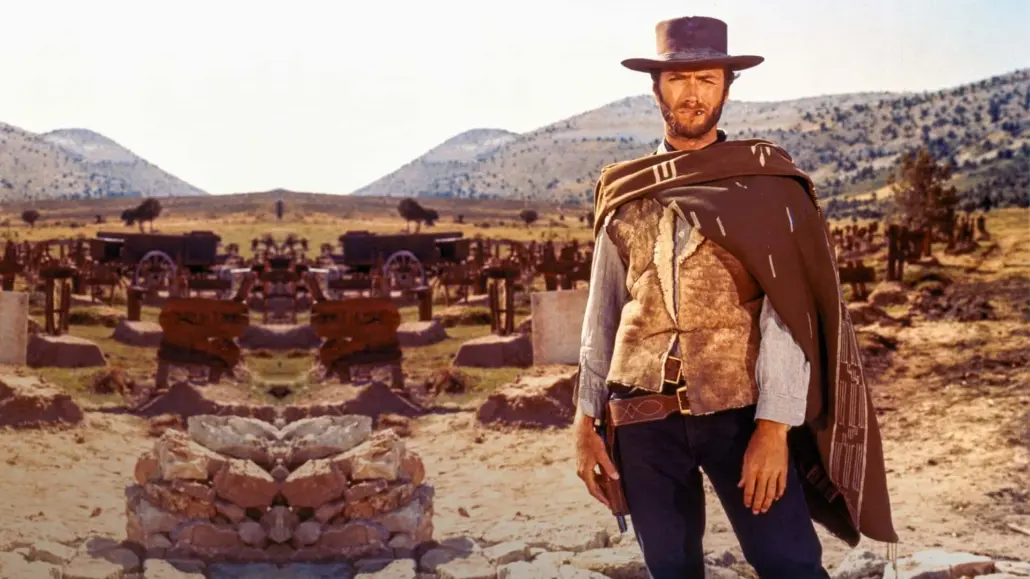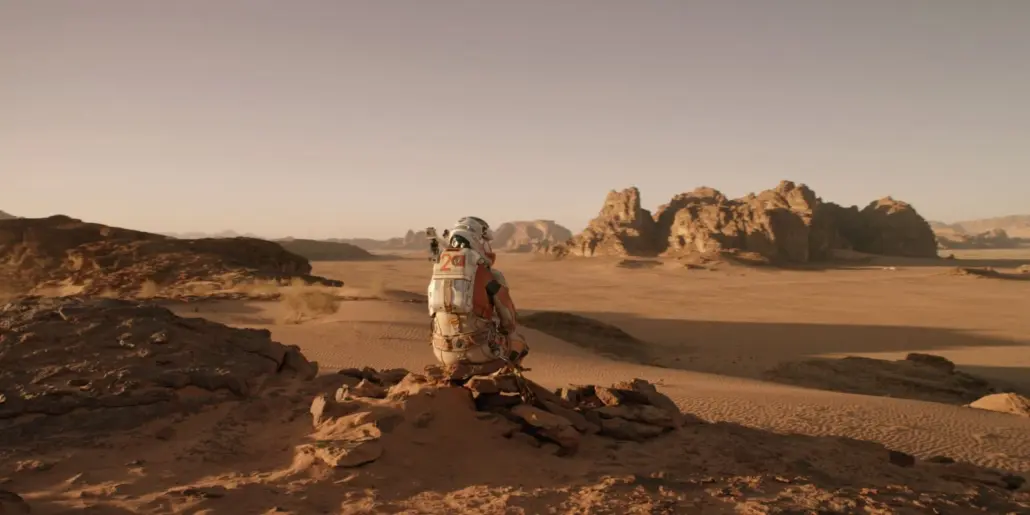Movie Terminology Our Instagram Followers Are Curious About

Industry Insider: Movie Terminology
Movie terminology is inside baseball for most filmmakers and crews. As a film student, you should know basic movie terms even if they aren’t widely used on set. When we asked our L.A. Film School Instagram followers what movie terminology they were most curious about, here’s what they wanted to know.
Diegesis pronounced [dahy-uh-jee-sis] and Mise-en-scene were two movie terms that piqued our Instagram followers’ interest the most. Both are obscure in nature and aren’t often used on set but nonetheless important in the film world. We included other movie terminology that as a current or future film student you will become familiar with over time.
Diegesis is just a fancy way of saying a “movie plot.” The word is a derivative of the Greek word diēgeisthai which means “to describe, narrate.” In filmmaking, diegesis names the story depicted on the screen including the characters and events within the narrative.
Diegetic sound is any sound effect, voice capture or ambient noise originating from within the film. Diegetic sound is kin to diegesis. It just pertains to a film’s sound elements instead of visual elements (diegesis).
The opposite of diegetic sound is nondiegetic sound. This represents audio, such as mood music or a narrator’s commentary, coming from a source outside of the narrative. For instance, a film score added throughout a movie to enhance its mood and tone is nondiegetic sound.
Mise-en-scene is another unique movie term that isn’t often used on set. It literally translates to “placing on stage” in French. Mise-en-scene is a term used by critics to assess the different visual elements placed in front of the camera such as props, costumes, lighting, etc. You may not hear the term thrown around a film set, but you should have a basic understanding as a film production student.
In Media Res stems from the Latin phrase “in the middle of things.” When a narrative starts with the plot already in progress, that’s an example of in media res in film. Many war films use this technique to show the protagonists already engaging in combat.
Types of Shots for Film
Let’s look at some examples of basic shots for film.
By definition, a close-up shot focuses on a subject or object at a close range that shows greater detail. It’s used to show a character’s emotion by drawing the viewer close to the subject. One of the most famous movie scenes is from The Shining and is the close-up shot of Jack Torrance yelling “Here’s Johnny!”. In the scene, only Jack’s grinning face appears sandwiched between a splintered door. The close-up shot makes the audience feel the hysteria and panic of Jack’s delusions.

Medium shots are framed from waist to head. This is one of the most used of all frames. Medium shots are popular in film because audiences get a sense of what’s happening to the character(s) at eye level. There are several variations, which include cowboy, medium two shot and medium wide shot. Cowboy shot comes from old westerns where characters are framed from their gun holsters to the top of their cowboy hats. Medium two shots place two characters in the frame together. Finally, a medium wide shot is wide enough to show a scene surrounding the characters in which the action takes place.

Wide shots, or sometimes called full shots, give viewers the whole picture. Wide shots can be some of the most visually interesting shots because of a scene’s magnitude displayed across the screen.

Find Your Filmmaking Style
We only scratched the surface for basic movie terminology filmmakers use. Studying what other filmmakers have done in the past can help guide your own stylistic choices. Filmmaker Ethan Coen said, “You make specific choices that you think are appropriate or compelling or interesting for a particular scene. Then, at the end of the day, you put it all together and somebody looks at it and, if there’s some consistency to it, they say, ‘well, that’s their style.’”
The Los Angeles Film School offers four different tracks under the Film Program. These tracks include cinematography, production, directing, and producing.
